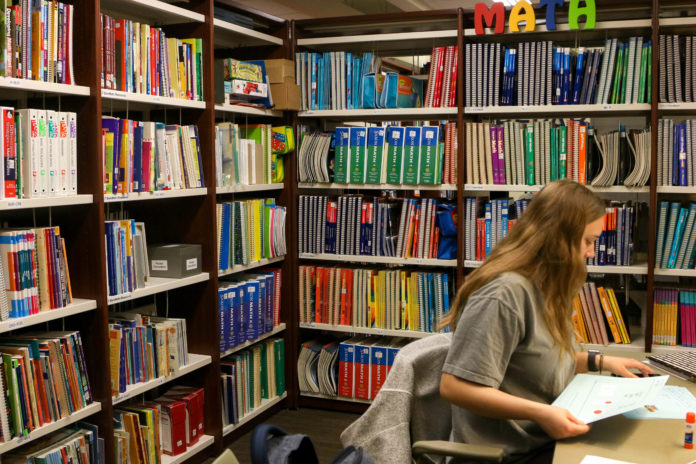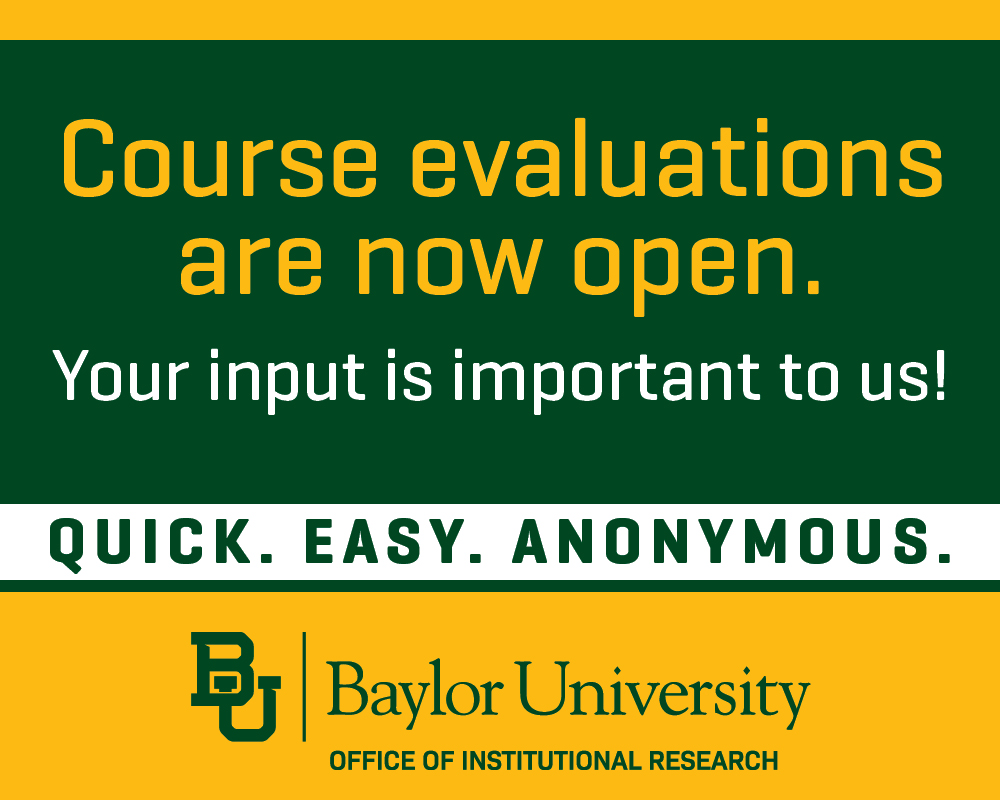
By Adrienne Redman | Reporter
While many Baylor students cram for exams in Moody Memorial Library, School of Education students study in the Learning Resource Center. Located on the garden level of Marrs McLean Science Building, the LRC offers education students access to numerous resources while providing a learning environment comparable to that of the real world.
The mission of the Learning Resource Center, according to the School of Education’s Website, is “to meet the needs of both faculty and students by providing materials related to the subject fields, to child and adolescent learning, and to professional knowledge that support the SOE curriculum, and to offer students experience in using equipment and materials similar to those they will use when they begin teaching.”
The basement library houses all kinds of resources, from Standardized Test Collections to children’s literature and state-adopted textbooks. The library also manages an online database of resources dedicated to helping future teachers create lesson plans, prepare students for the Texas Essential Knowledge and Skills (TEKS) test and generally expand their knowledge of the field of education.
Kingwood senior and biology major Craig Russell, works at the LRC as a student employee. His daily tasks of checking books in and out, organizing materials and assisting with the library’s media lab allow him to observe the LRC from the perspective of a non-education major.
According to Russell, the LRC is geared towards education majors and the resources are reserved for students within the department.
“None of the stuff really has much use for non-education majors,” he said.
However, Fort Worth senior Jordan Smith changed her major from education after her sophomore year and still studies in the LRC occasionally.
“The LRC is never super crowded, so its always quiet, and there’s always space to go and study,” Smith said.
The collection of teaching materials in the LRC is organized based on grade level. According to Russell, students can easily find the supplies they need for their lessons, check them out and utilize them within their classrooms.
For example, students teaching in classrooms with younger students may check out puppets or books for story time, while students teaching older age groups may check out maps and higher level reading materials.
The LRC was recently remodeled in the summer of 2018. Many of the updates sought to expand technological access such as the newly installed Smart Board Televisions. As teachers find new ways to use technology in their classrooms, school of education students are learning to integrate these modern resources with help from the LRC.
“As someone outside of the education sphere, it’s been really cool to see changes from the way that I was educated as opposed to all of the things they’re implementing now,” Russell said. “It makes it a lot more efficient, a lot more active and much more integrated.”
According to Russell, having a library dedicated to the field of education is necessary because of the assistance students receive, and the ease of access it provides.
“It’s all set up and sectioned off, and you have all of your resources specifically for these things so you know exactly where to go,” he said. “You have the staff that know what your purposes are and so asking questions and looking for certain kinds of things can be a lot more helpful for education majors in that way.”
Austin senior elementary education major, Eliana Rodriguez, says that having a separate space just for education majors helps legitimize their field, and characterizes education as an important academic department.
There’s a lot of resources and a lot more things that go into education that people don’t realize so it’s nice to have our own space where we have access to those things, “Rodriguez said.
The LRC also functions as a community space and provides students with a creative environment in which to learn from their peers.
According to Rodriguez, the LRC is a safe, welcoming gathering space for education students.
“It’s just a good place for all of the education majors to gather,” she said. “It’s a group effort, it’s very communal and you have to work together with other people.”




